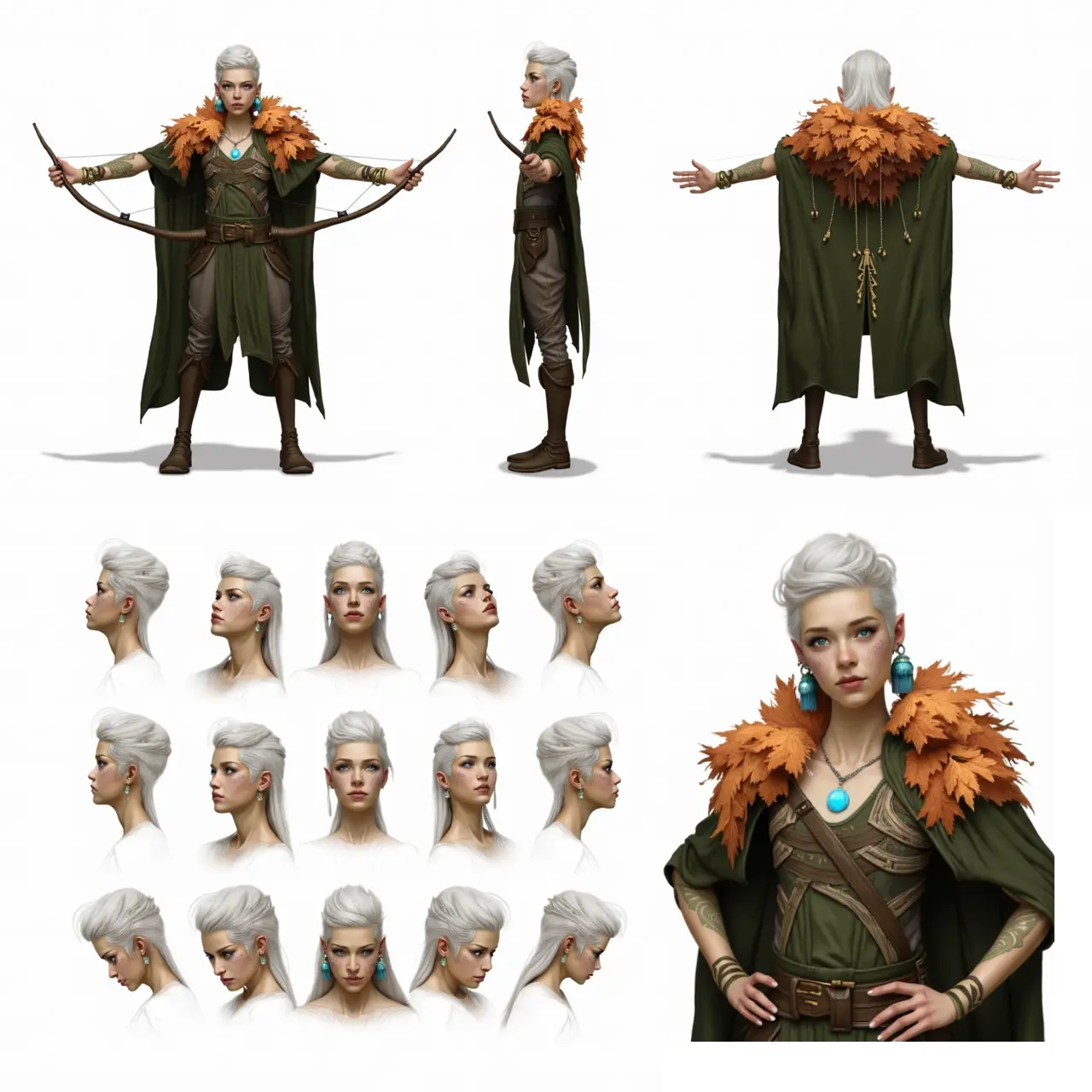ComfyUI Node: IF Stage II
Zuellni IF Stage II
CategoryZuellni/IF
m957ymj75urz (Account age: 807days) Extension
m957ymj75urz/ComfyUI-Custom-Nodes Latest Updated
2023-09-19 Github Stars
0.04K
How to Install m957ymj75urz/ComfyUI-Custom-Nodes
Install this extension via the ComfyUI Manager by searching for m957ymj75urz/ComfyUI-Custom-Nodes- 1. Click the Manager button in the main menu
- 2. Select Custom Nodes Manager button
- 3. Enter m957ymj75urz/ComfyUI-Custom-Nodes in the search bar
Visit ComfyUI Online for ready-to-use ComfyUI environment
- Free trial available
- 16GB VRAM to 80GB VRAM GPU machines
- 400+ preloaded models/nodes
- Freedom to upload custom models/nodes
- 200+ ready-to-run workflows
- 100% private workspace with up to 200GB storage
- Dedicated Support
IF Stage II Description
Node for loading/configuring DeepFloyd IF Stage II model variants, schedulers, and Karras sigmas for AI art generation.
IF Stage II:
Zuellni IF Stage II is a node designed to load and configure the second stage of the DeepFloyd IF model, which is a diffusion-based image generation pipeline. This node allows you to select and load a specific model variant and scheduler, and configure additional settings such as the use of Karras sigmas for improved image quality. The primary goal of this node is to facilitate the seamless integration and utilization of the Stage II model within your AI art generation workflow, providing enhanced control over the image generation process and ensuring high-quality outputs.
IF Stage II Input Parameters:
model
The model parameter allows you to select the specific variant of the Stage II model you wish to use. The available options are "medium" and "large", which correspond to different model sizes and capabilities. The default value is "medium". Choosing a larger model may result in higher quality outputs but could also require more computational resources.
scheduler
The scheduler parameter lets you choose the scheduling algorithm used during the diffusion process. The available options are "default" and "sde-dpmsolver++". The default value is "default". The "sde-dpmsolver++" scheduler can provide more advanced scheduling techniques that may improve the quality and efficiency of the image generation process.
karrasSigmas
The karrasSigmas parameter is a boolean setting that determines whether to use Karras sigmas during the diffusion process. The default value is True. Enabling this option can enhance the quality of the generated images by using a more sophisticated noise schedule.
device
The device parameter specifies the computational device to be used for running the model. It is a string value, with the default being an empty string, which typically means the node will automatically select the appropriate device. You can specify devices such as "cpu" or "cuda" to explicitly set the computation device.
IF Stage II Output Parameters:
S2_MODEL
The S2_MODEL output parameter represents the loaded and configured Stage II model. This output is crucial as it provides the actual model instance that will be used in subsequent stages of the image generation pipeline. The model includes all the configurations and settings specified through the input parameters, ensuring it is ready for use in generating high-quality images.
IF Stage II Usage Tips:
- Ensure you select the appropriate model size (
mediumorlarge) based on your computational resources and desired output quality. - Experiment with the
schedulerparameter to find the best scheduling algorithm for your specific use case. The "sde-dpmsolver++" scheduler may offer better results in some scenarios. - Keep the
karrasSigmasoption enabled to benefit from improved image quality through advanced noise scheduling techniques. - Specify the
deviceparameter if you have specific hardware preferences or requirements, such as using a GPU for faster processing.
IF Stage II Common Errors and Solutions:
Model not found
- Explanation: This error occurs when the specified model variant is not available or cannot be loaded.
- Solution: Ensure that the model name is correctly specified and that the required model files are available in the expected location.
Invalid scheduler configuration
- Explanation: This error happens when the selected scheduler is not compatible with the model or is incorrectly configured.
- Solution: Verify that the scheduler name is correctly specified and that it is supported by the model. Check the documentation for any additional configuration requirements.
Device not recognized
- Explanation: This error occurs when the specified device is not recognized or is unavailable.
- Solution: Ensure that the device name is correctly specified and that the required hardware is available and properly configured. If unsure, leave the device parameter empty to allow automatic selection.
Karras sigmas configuration error
- Explanation: This error happens when there is an issue with enabling Karras sigmas.
- Solution: Ensure that the
karrasSigmasparameter is set to a valid boolean value (TrueorFalse). If the problem persists, check for compatibility issues with the selected model and scheduler.
IF Stage II Related Nodes
RunComfy is the premier ComfyUI platform, offering ComfyUI online environment and services, along with ComfyUI workflows featuring stunning visuals. RunComfy also provides AI Playground, enabling artists to harness the latest AI tools to create incredible art.


